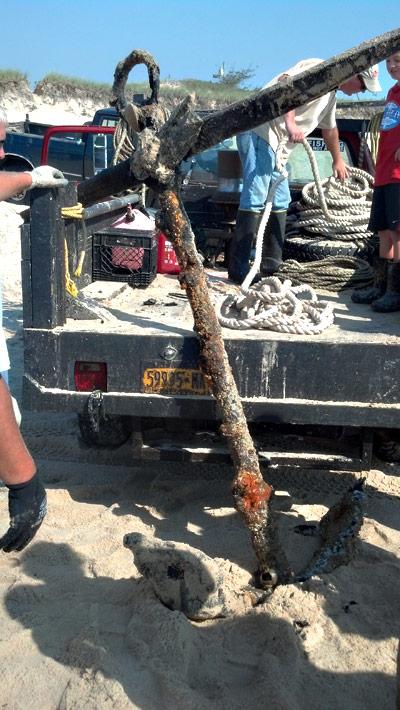Where Is the Line?
Where Is the Line?
As servers, not only are we selling food, we’re also selling ourselves. We are a product the customer pays for in tips. We must make ourselves look desirable, we must act deferentially, we must flirt. We are easily expendable — there’s always another waiter or waitress to hire — and therefore less likely to complain about behavior that makes us feel uncomfortable. After all, it’s just part of the job.
At the first restaurant where I worked it was emphasized that we should highlight one part of our physical anatomy — “Tits or ass or legs or arms, but not all at once,” a manager told us — with what we chose to wear. The dress code? Literally that: a dress. Above the knee, preferably.
I gamely went along with this because I didn’t recognize the sexual politics at play. I was a naive undergrad doing my best to navigate the social morass of hook-up culture, and I barely acknowledged that twisted feeling in my gut when a customer grabbed my butt and squeezed and said, “I’d hit that.” After all, he was a regular and I knew him and so did everyone else in that small town. I stayed silent.
Adding another layer of murk are the interactions between co-workers in a restaurant environment. Often comments of a sexual nature are made by both male and female employees. Where is the line, then? Is it only when behavior makes one uncomfortable that it’s harassment? If you go along, and go along, and are complicit with what’s being said, when do you become a victim?
In the movie “Waiting,” Ryan Reynolds plays a seasoned waiter who asks a new hire, “How do you feel about frontal male nudity?” — referring to an ongoing game played by the male employees wherein they attempt to trick each other into looking at their genitals. Another scene has Mr. Reynolds and Anna Faris trading insults about various sexual encounters between them while an audience of their co-workers looks on.
Of course, the movie is a comedy and presents caricatural aspects of working in a restaurant. But within the exaggerations lies the truth that, in a majority of restaurants, there exists a sexualized relationship among staff that bleeds into the perception of what constitutes sexual harassment. In effect, no one really knows when enough is enough except for the victim who feels violated, but who often won’t, or can’t, acknowledge it as such because of this other environment where sex is openly talked about.
An article written in 2008 by Lisa C. Huebner of West Chester University attempts to address the unique milieu within which waitresses operate:
“In a study of restaurant work, Patti Giuffre and Christine Williams (1994) found that sexual harassment happens often in restaurant work because of its highly sexualized nature; sexual banter and touching are common among staff. Institutional practices and policies also encourage ongoing displays of heterosexuality and sexualization of staff, such as physically revealing uniforms or efforts to encourage staff to flirt with customers.”
I agree with all of that, and I also recognize that this kind of behavior is part of the nature of my job. Brushing off the guy who grabbed me by thinking of him as a regular allowed me to go about my business and not dwell on what happened. Never forget that waitresses are easily replaceable. As Ms. Huebner states it, “The next questions are not if sexual harassment is ‘everyday’ or part of the job but how, when, and under what conditions it becomes that way.”
I don’t have an answer, though I suspect, as does Ms. Huebner, it depends on “race, age, and sexual orientation,” as well as life experience. What am I willing to tolerate these days? Not much. In college I didn’t speak up, but now if something like that were to happen there would absolutely be vocal outrage . . . most likely because the older I get, the less and less I’m willing to put up with others’ bad behavior.






